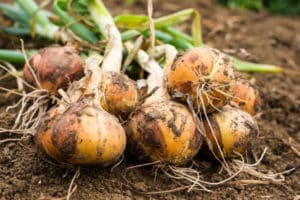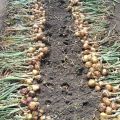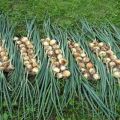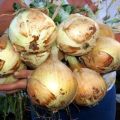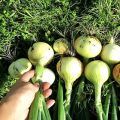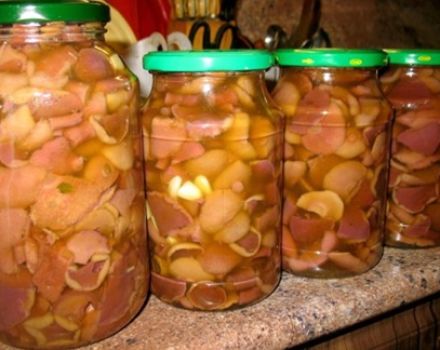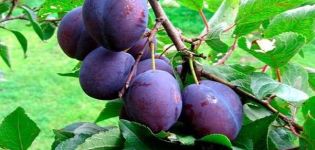Description of the F1 Daytona onion variety, features of cultivation and care
Daytona onion seeds are often chosen for planting in industrial farms. The hybrid gives high yields and is resistant to most crop diseases. What other features does this look have?
Description
The hybrid vegetation lasts 115 days. In the northern regions, the harvest is harvested several weeks later, and in the southern regions - earlier than the specified date. Provided that the technological requirements of culture from 1 sq. meter of the garden, it is possible to collect 6 kg of turnips.
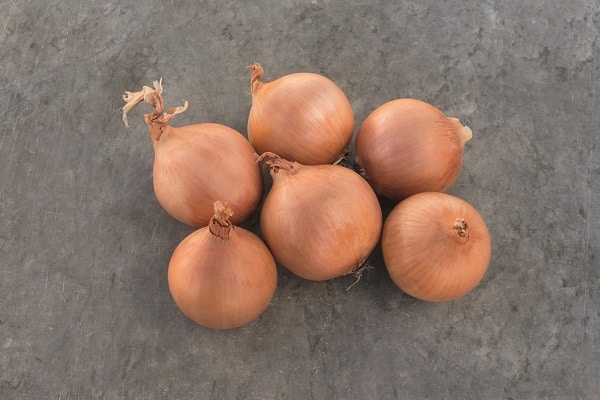
The bulb is round, dense. As with all species, the leaves of the hybrid have a tubular structure. The greens are juicy with a slight bitterness. Yellow scales cover the juicy, semi-sharp core. Depending on the conditions, the weight of the turnip varies from 80 to 100 g. The neck is of medium thickness. The onion tolerates long-distance transportation and is stored for a long time.
Thanks to the strong root system, the onion thrives during drought. Under conditions of large-scale cultivation, the culture is tolerant to cervical and bacterial rot. And also the hybrid has a high immunity to fusarium and pink rot.

In order for the losses during storage of the onion to be minimal, before placing the vegetable in boxes, it is well dried in the sun or in ventilated rooms. The finished vegetable should have a dry neck, otherwise, soon after laying, the onion will begin to rot. Properly prepared bulbs do not spoil for about 70 days.
Onions of the Daytona F1 variety are versatile: they are suitable both for fresh consumption and for processing. Sweetish turnips are great for pickling and preparing canned vegetable salads and whole-fruit twists.
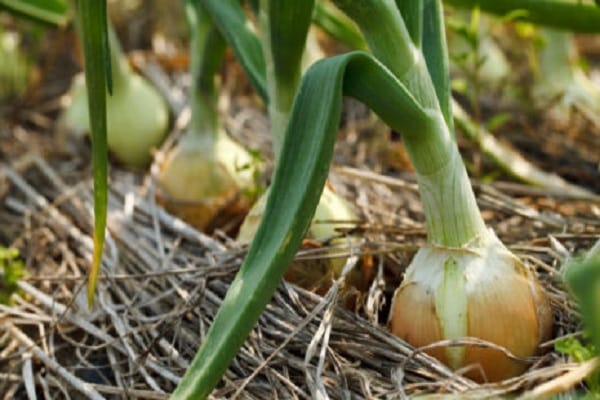
Features of growing and care
Everyone knows that choosing the right seeds is not enough to get the harvest. In order for the onion to disfigure perfectly, you need to sow it correctly and in the future give the necessary attention. Agrotechnics:
- The first thing to do on the eve of sowing is soil preparation. To do this, immediately after the earth dries out a little from melt water, the garden bed is dug up after fertilizing it with humus. If near the planting site there is groundwater close to the surface or water is collected, make an embankment 15–20 cm high. Using a hoe, make rows 5 cm deep at a distance of 30 cm from each other.
- As a prophylaxis for dangerous diseases, onion planting material is soaked for half an hour in a weak solution of potassium permanganate. Then the seeds are removed and poured into a container with a growth stimulator. After the end of the time specified by the manufacturer of the product, the seeds are slightly dried. Planting material is sown taking into account an interval of 5-10 cm.
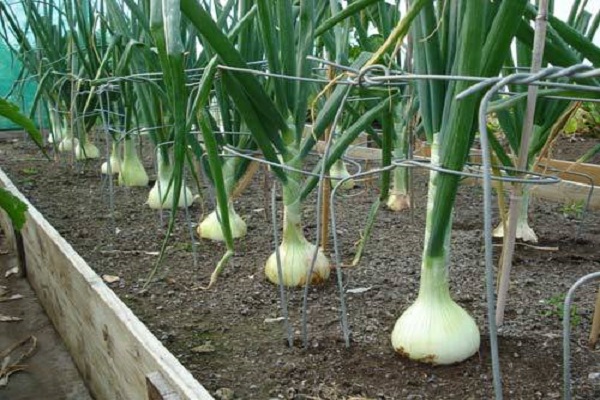
Further care consists of the following work:
- Watering. To avoid temperature shock, sprinkle onions with lukewarm water.During the growing season, watering is carried out as the soil dries up. In dry weather, one watering a week is enough for onions. In the second half of July, water is stopped: the lack of moisture stimulates the turnips to ripen and extends the shelf life.
- Loosening and weeding. Like all cultivated plants, Daytona onions need air and nutrition. To provide the most favorable environment for the formation of turnips, weeds are removed as necessary, and the soil is carefully loosened after each watering.
- Top dressing. Fertilizers for a hybrid are applied 2-3 times. The first time a culture is pampered at the age of 1 month. Further feeding is carried out at intervals of 1 month. Ammofoska solution is used as the first nutrient mixture, the second and third - complex mineral fertilizers with a high content of potassium and phosphorus.

Fulfilling simple care requirements, the Daytona F1 onion will certainly delight the gardener with large tasty turnips.
